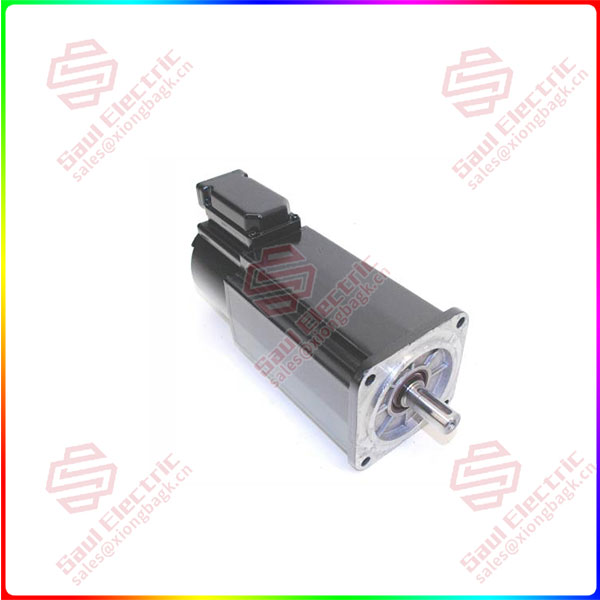The story of “3D printing”
In the debate about the “new industrial revolution”, the hottest concept is “3D printing”.
The movie “Chinese Zodiac” demonstrates the charm of this magical machine: the treasure thief, played by Jackie Chan, only needs to scan the three-dimensional model data of the dog’s head, chicken’s head and other sculptures into the computer, and the 3D printer on the other side of the world can quickly print out the exact replica in the first time.
Generally speaking, 3D printing is commonly known as “rapid prototyping machines” in industrial manufacturing, but now it has become “a new technology that changes the world.” The original principles of 3D printing have been used as early as more than 100 years ago in photographic sculpture and landscape forming technology. However, it was only after the information revolution in the 1990s and the large-scale popularization of data analysis that this technology began to be gradually applied in the industrial field.
In recent years, developed countries in Europe and the United States through 3D printing technology, successfully “printed” out of pistols, bicycles, cars, electronically controlled aircraft and other physical objects, although its texture and durability and the traditional process there is still a gap, but it is indeed opening a new space for manufacturing.
The CEO of Shapeways, a leading 3D printing service provider in the United States, has said that they have “printed” 750,000 products, using materials including plastic, stainless steel, silver, ceramics and glass. At the same time, 3D printing is gaining wider application in more than 10 different industries and fields such as jewelry manufacturing and model making, as well as fashion, film, and construction. Time magazine even listed the 3D printing industry as “the ten fastest-growing industries in the United States in 2012.”

MKD071B-061-KP0-KN
Yan Yongnian, a professor at Tsinghua University in his 70s, is one of the designers of China’s large die forging hydraulic press. The top expert in the field of traditional mechanical manufacturing, as early as 1988 in the United States felt the “subversive” impact of 3D printing technology at the beginning.
Traditional industrial machine tools of cutting, cutting, cutting, grinding, drilling, milling and other processing technology, are “subtraction” manufacturing; The 3D printing “goes the other way”, through the computer layering software, the three-dimensional model of the object is equally divided into two-dimensional “sections”, and then accumulated layer by layer “printing” out, which is typical “addition” manufacturing.
After returning to China, Yan Yongnian pushed the new manufacturing concept of 3D printing. Tsinghua University, Xi ‘an Jiaotong University, Huazhong University of Science and Technology and Beijing Longyuan Automatic Forming System Co., Ltd. together with the introduction of technology, formed China’s “three schools and one enterprise” the earliest “3D printing research camp.”
But 3D printing will not become a “big hit” until more than 20 years later. The key factor that has lingered for many years is that the strength and precision of this new process has been difficult to compare with the traditional process. For example, plastic and ceramic products can be 3D printed, but it is more difficult to print a metal hammer – the granular, powdered metal material is rebonded together into a complete item, which is often not strong enough.
However, the 3D printing “boom” of the last two years has erupted in the civilian field. 3D printing has become popular among “catch-up consumers” who “print” items without the need for industrial-grade precision and strength.
Starting from the mass application, it is originally determined by the characteristics of the Internet era, and 3D printing meets the fun of DIY (independent manufacturing) of a new generation of consumers who advocate individuality. When people began to imagine being able to “print” highly personalized plates, bowls and teacups in their own backyards to entertain guests in this “special way,” a whole new industry was born.
In the United States, 3D printers that once cost millions of dollars now cost $2,000. And several representative 3D printing companies, the stock has doubled in two years.
After retiring, Professor Yan Yongnian once again “started his own business”. In 2012, he established Yongnian Advanced Manufacturing Technology Co., Ltd. in Kunshan, Jiangsu Province, focusing on 3D printing technology. He’s fulfilling a dream he’s had for years.
 1 Year Warranty
1 Year Warranty





